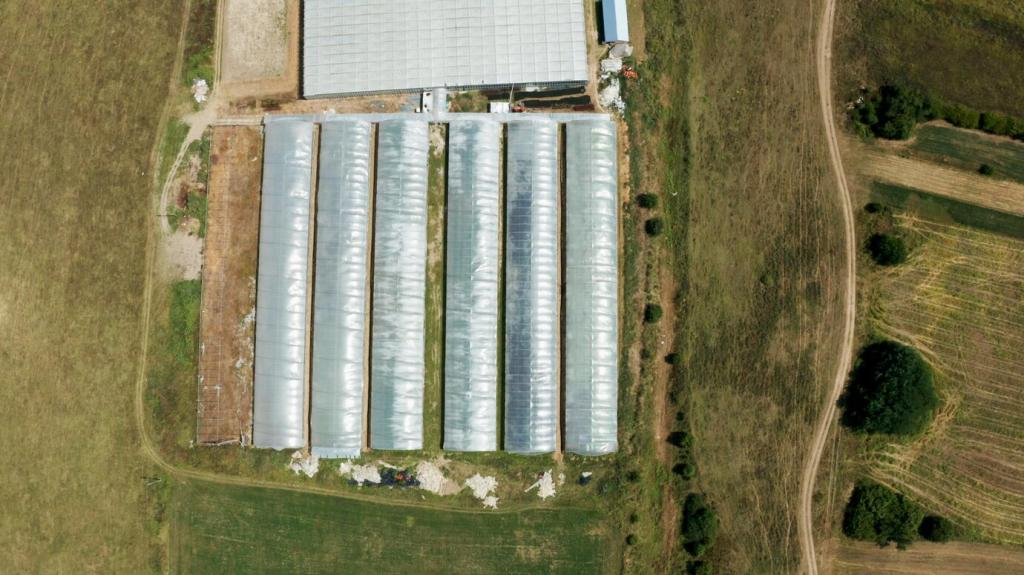Stories from the Current: Lessons in the Flow
A coastal processing plant braced for lower output after a storm skewed model predictions. Hybrid controls prioritized essential loads while batteries bridged dips. Production met quota, and the team learned the value of layered resilience.
Stories from the Current: Lessons in the Flow
Fishermen, engineers, and port staff shared berths, cranes, and data. By co-locating tidal maintenance with existing harbor operations, the project cut costs and strengthened local buy-in, turning skepticism into pride and long-term stewardship.









